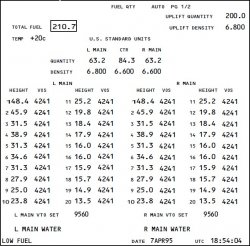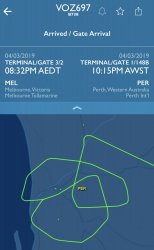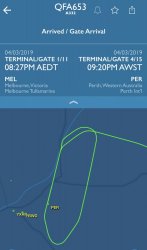AviatorInsight
Established Member
- Joined
- Oct 5, 2016
- Posts
- 1,395
- The fuel discrepancy was a result of the under-reading of the total fuel quantity by the FQIS. The under-reading was due to the centre tank’s eight fuel tank sensors not being taken into account in FQPU’s computation despite the correct setting of the PSM. The under-reading resulted in the overfuel of 41 tonnes of fuel.
FQIS = Fuel Quantity Indication System. (This is what is actually in the fuel tank by the sensors.)
FQPU = Fuel Quantity Processing Unit. (Input and computation of the sensors are sent here.)
PSM = Program Switch Module. (Tells the sensors what type of aircraft it is B777-200 or B777-200ER. It was correct in this case.)
- The degree of wear was also higher than on other PSMs that were returned to the aircraft manufacturer from service. In the opinion of the aircraft manufacturer, such wear had the potential to cause a fault in the FQPU and might cause it to default to the B777-200 mode.
Basically, what happened was that the FQPU was operating in the B777-200 mode not the ER version. An inspection of the PSM later found that there was damage around the PSM with the soldering junctions.
I've seen it the other way around where fuel uplifted ex LAX resulted in a higher calculated burn (ie, calculated fuel flow through the pipes was faster than what was on the FQIS. The checklist reads to always switch from FMC calculated to totaliser fuel (FQIS) as that is what is actually (should be?) remaining in the tanks.
The picture is what pilots have access to in flight and shows all the fuel sensors in the tanks.

















